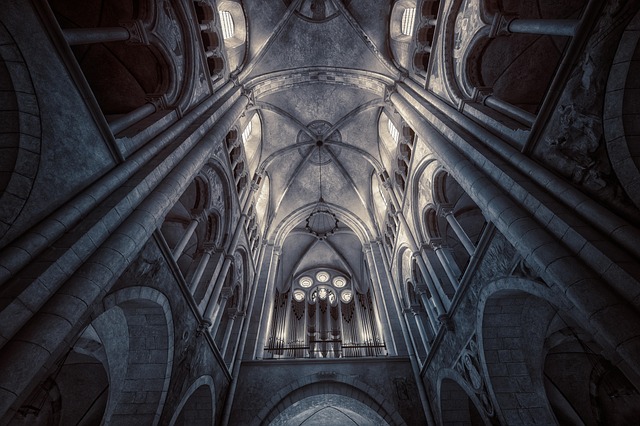Large-scale drawing is a captivating form of expression that transcends traditional boundaries in fine arts and culture. When artists take on the challenge of scaling their work, they invite us into a world where the intricacies of detail meet the grandiosity of size. This duality not only transforms the viewing experience but also engages the audience on a profound level.
The impact of large-scale drawings within fine arts is not to be underestimated. These works often dominate gallery walls and public spaces, inviting contemplation and interaction. The sheer magnitude of these pieces can evoke emotions that smaller works might not achieve. Standing before a large-scale drawing, viewers find themselves immersed, often feeling as though they are part of the artwork itself. This immersive quality enables a deeper connection, allowing for personal interpretations that resonate with each individual.
Culture plays a significant role in shaping and being shaped by large-scale drawings. Artists often draw inspiration from their surroundings—historical narratives, social issues, or cultural identities—and translate these elements into expansive works. The ability to incorporate a multitude of perspectives within a single frame allows large-scale drawings to serve as visual commentaries on the world we live in. They can challenge societal norms, highlight injustices, or celebrate collective heritage in a way that is both powerful and accessible.
Additionally, large-scale drawings often break barriers between art and the viewer. They can transform public spaces into galleries, inviting people from all walks of life to engage with the artwork. This democratization of art fosters discussions and connections that might not occur within the confines of a traditional gallery space. Such interactions can inspire community involvement, promote dialogue, and spark movements, illustrating the dynamic relationship between art and culture.
In the realm of fine arts, the materials and techniques employed in large-scale drawing also deserve attention. Artists may opt for unconventional tools—from giant charcoal sticks to spray paint—pushing the limits of what drawing can encompass. The physicality involved in creating these massive pieces often mirrors the emotion behind the work, as artists mold their environment through their chosen medium, invoking a response that lingers long after the initial viewing.
Ultimately, large-scale drawings create a significant impact on fine arts and culture by engaging the viewer, creating dialogue, and fostering community connections. They challenge our perceptions and invite us to reflect on both the individual and collective narratives that shape our societies. As we continue to explore this captivating form of artistic expression, we uncover the myriad ways that art in its grandest form resonates within our lives and cultures.




